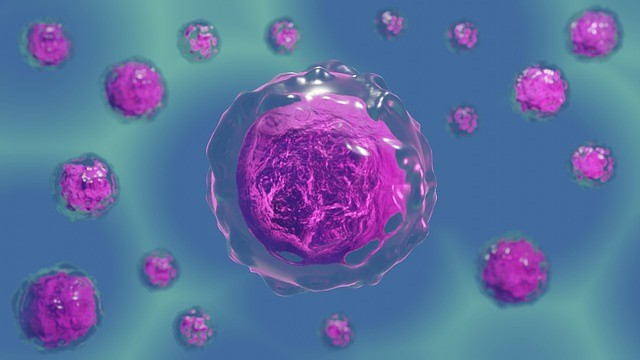
Filopodia is what a cell uses to interact with its environment with tentacle appendages it creates from its own body.It allows cells to operate and interact using tendrils or tentacles that see their neighbors, whether friends or enemies. This use of Filopodia was witnessed by a group of scientists seeing these structures in action.
Movement Mechanism of Cells
These tentacle-like protrusions, which allow human cells to move around by distorting the skeleton-like internal structure, remarked a recent study, reported Science Alert.
According to the study's authors, these are critical structures that allow locomotion where they are, produce mechanical movement, chemical interaction, and send signals via intercellular systems.
Some of these paths are tunneling nano-bridges that transmit the chemical signals to affect protein production and other actions. These tendrils are complicated because they exhibit a variety of aspects such as buckling, tugging, and modifying length and shape. They also explore the 3D extracellular environment via combining expansion and contracting with axial twisting and buckling of their actin-rich core, as illustrated below.
Its core is composed of actin and myosin proteins. Biophysicists from the Niels Bohr Institute in Denmark likened the twisting and buckling of cellular structures to a rubber band. Interactions with the exterior space via these tentacles are expected for a cell.
Biophysicist Natascha Leijnse, one of the authors, said that the inner scaffolding in the cell membrane contorts to form these structures. It also permits these cells to assault other cells physically, noted EurekAlert.
Optical Tweezers Used in the Study
Researchers during the study used optical tweezers and a confocal microscope to see the actin and myosin shafts formed.
A physical model imitated the movement, explaining that it likely occurred due to the molecules being contained in the filopodia's small channels.
Optical tweezers are intriguing pieces of hardware that hold a tiny object in place utilizing perfectly calibrated laser beams. The researchers used the optical tweezer on a small bead, which the tendril grew towards but became hooked on, keeping the tentacle in place.
The researchers examined human breast cancer cells to human embryonic kidney cells to ensure this wasn't a one-off phenomenon. Study authors found that these tendrils occurred in many cells, which led to ideas about how they could relate to cancer.
Cancer cells are known for being particularly invasive, remarked Poul Martin Bendix, a biophysicist at the experimental biophysics at the Niels Bohr Institute, per Science Daily.
It's reasonable to hypothesize that their filopodia's ability to examine their surroundings and facilitate their spread is essential to them. He added this mechanism used by the cells to spread and feel out how it can do it; via the tendrils. More examination of the mechanism would give ideas to stall cancer. Movement via the tendrils shows cells can move inside their environment and act accordingly, not lie inert.
For scientists involved in the research, this is only the beginning of seeing this once unknown fact until now. The researchers at Niels Bohr Institute will need more insight to understand how deeper the process goes. Cells with Filopodia demonstrate that even at the micro-level can act like animals.
Related Article: Study Says T-Cells That Recognize the Coronavirus Could Be Used as Universal Vaccine To Protect Everyone
© 2025 HNGN, All rights reserved. Do not reproduce without permission.








